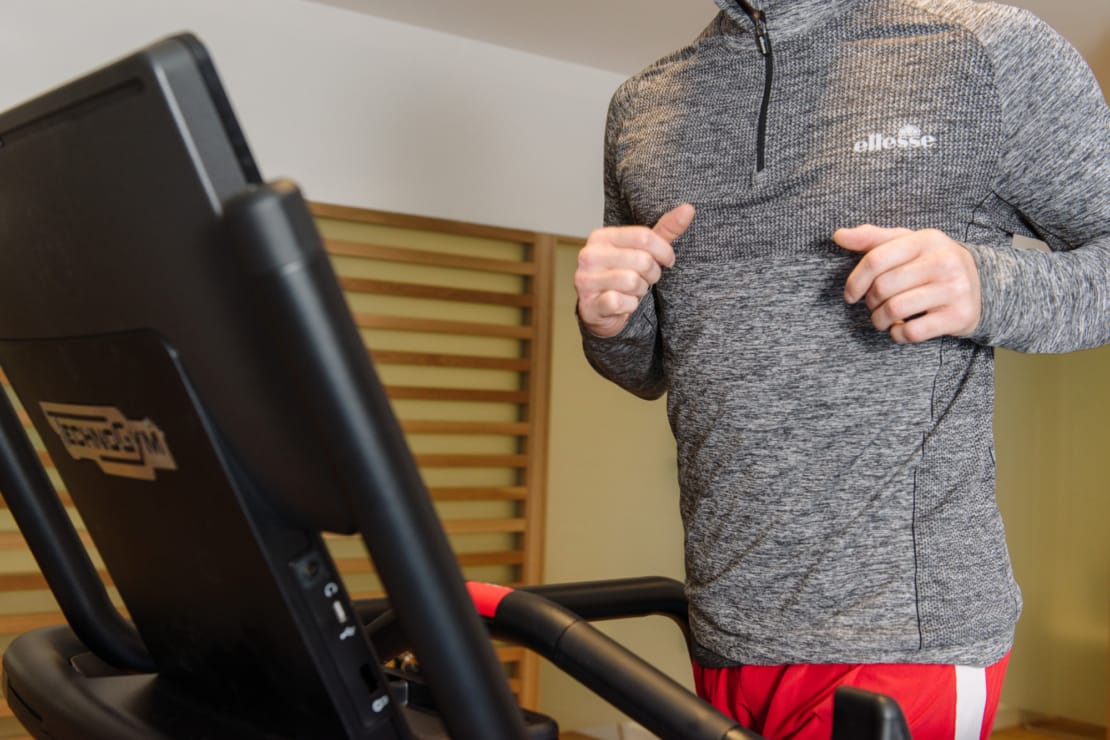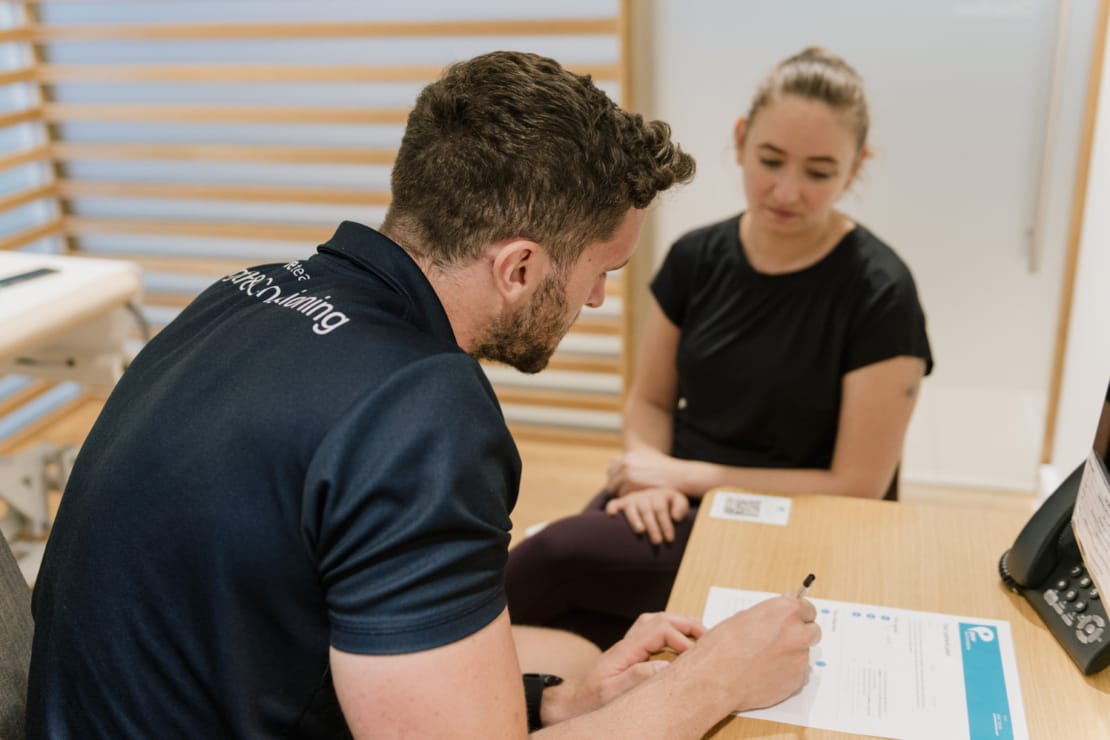Marginal Gains: Building Resilience in Daily Life

Dean Sutton
Strength & Conditioning Coach
- 15 March, 2019
- Exercise
- 3 min read
Resilience is defined as the ability to recover quickly from difficulties. In this article Head of Strength and Conditioning Dean Sutton, discusses how we can use marginal gains to be more resilient in an our often stress filled modern lives.

In sport, we can relate resilience to an athlete that is able to train and compete at the highest level and record constant victories or podium places. The athlete is able to manage his or her daily routine both mentally and physically and when needed can apply their talent to achieve greatness.
How can we apply this to our everyday day life, to combat the stress and strain of work, family, and social pressure that we all go through to achieve good resilience?
Data doesn’t lie, we use Firstbeat technology to help deliver our Lifestyle Assessments which allow us to monitor and analyse your stress and recovery balance over three days.
We know that a large part of achieving resilience, is being able to manage your daily life and ensure that small gains are achieved throughout; that way, when you reach the evening your batteries are refuelled, both mentally and physically, and you are ready to hit the ground running the next day.
Looking at all areas of your daily routine is crucial; work, rest, nutrition, exercise and sleep should be focused on, as these key areas will give you the marginal gains to achieve resilience.
Sir Dave Brailsford from Team Sky once said: “The whole principle of marginal gains came from the idea that if you broke down everything that could impact on a cycling performance — absolutely everything you could think of — and then you improved every little thing by 1%, when you clump it all together, you’re going to get quite a significant increase in performance. So we set about looking at everything we could.”
Let’s look at two important areas around your daily structure that will help with our marginal gains.
Sleep
One of the main purposes of sleep is to recover from daily activities and replenish the body physiologically and psychologically.
Physiological recovery means reduced activation levels in the body. During recovery parasympathetic (rest & digest) activation dominates the autonomic nervous system and the sympathetic (fight or flight) response is diminished.
The more the parasympathetic system dominates during sleep, the more your body is able to recover and the more resources you have for the following days and tasks. Thus, a good night’s sleep contains plenty of parasympathetic domination that balances your daily stress responses. This is called restorative sleep.
Obviously, the amount of sleep is also important: if you sleep for only a few hours a night it is not possible to have enough for recovery. In general, it is said that adults need at least 7 hours of sleep to get rested (National Sleep Foundation). However, sometimes you might have slept 8 hours or more and you still feel exhausted and sleepy. In this case, the amount of restorative sleep is probably low and there has been a stress response going on in your body despite being asleep.
This is one of the areas we can focus on during a Lifestyle Assessment, and make small changes where necessary or possible, to increase your marginal gains.
Stress
Everyone gets stressed by different things. Perhaps that’s obvious, but I was surprised to discover that one person’s stress is another person’s recovery. In both the workplace and at home, people respond differently to stressful situations.
I recently did a Lifestyle Assessment on the CEO at a large City company. I was expecting to find high levels of stress throughout the days he wore the monitor, however, the conclusion was that for the most part of the working day, even with what you’d expect were highly stressful meetings, the stress levels were low. This was due to him feeling relaxed and in control.
It wasn’t until he got home that his stress levels became much higher, as he was running around looking after young children and organising a very busy family life. He felt much less in control at home than he did at work.
Stress is present in our everyday life and we have to accept that to a degree, but there can be good stress and bad stress so identifying these stressors is crucial – and working out how to deal with them and manage them effectively is even more important.
In conclusion, if you can look at putting marginal gains within your daily routine by monitoring and increasing sleep patterns and look to reduce and manage your daily stressors, your resilience will become greater.
Below is an example from our Firstbeat wellness data which shows how we look at your daily resilience with green being the positive recovery areas and red being the stress.

Advice
Over the last 20+ years our experts have helped more than 100,000 patients, but we don’t stop there. We also like to share our knowledge and insight to help people lead healthier lives, and here you will find our extensive library of advice on a variety of topics to help you do the same.
OUR ADVICE HUBS See all Advice Hubs

